Between Ford’s legendary Mk2 Escort and the mighty, mid-engined Ford RS200, there was another rally car that perfectly bridged the gap: the RS1700T.
Despite its scarcity, given only 18 RS1700T prototypes are believed to have been built and more than half of those were scrapped, it looks familiar in photographs, clearly resembling the third-generation Escort that would soon become street furniture across the UK. The new Escort was, of course, front-wheel drive where its predecessor had driven the rear wheels. The RS1700T was… rather different.

This much is apparent the moment you start taking a closer look at Brian Betteridge’s works rally car, as you’ll be able to do at the Hagerty Hill Climb this May – where the rare machine will be on display for fans to get up and close to. There are the obvious details, such as the wider wheel-arches, a bonnet with more vents than an air conditioning factory, the pair of oil coolers standing in the airstream ahead of the rear spoiler. But there are less apparent changes too, such as the suspiciously four-square stance, or, when the bonnet is opened, an engine that sits north-south, rather than east-west.
A complex car then, and one with a complex gestation. Seeking to replace the Mk2 Escort on rally stages around the world, Ford’s motorsport team at Boreham began to pick apart a sorry-looking Fiesta rally car sitting in the corner of the workshop. Before long, it had gained a 230bhp, Cosworth-developed BDA engine and rear-wheel drive – engineers will be engineers.



As Steve Saxty writes in his excellent book, Secret Fords, Ford’s John Wheeler, a British engineer formerly of Porsche worked on the German company’s road and race cars, took a closer look at the Fiesta prototype. During back-to-back testing with a Group 4 Escort Mk2, the Fiesta proved quite unruly, following ruts in the forest tracks thanks to a short wheelbase and wide track, and its weight balance made for some hairy moments when landing from jumps. Wheel concluded that the new Mk3 Escort might form a better basis for a future Ford rally car.
Wheeler decided on a transaxle layout (no doubt a nod to his time at Porsche, where he’d worked on the 924 and 928) using a torque tube to transfer drive from the engine to a four-speed Hewland gearbox. As you might imagine, this layout required some modification of the Escort floorpan, and at the Race Retro show, I’m shown around some of the differences by Paul Moulson – perhaps one of the most knowledgeable people on the RS1700T outside of those who actually built it.
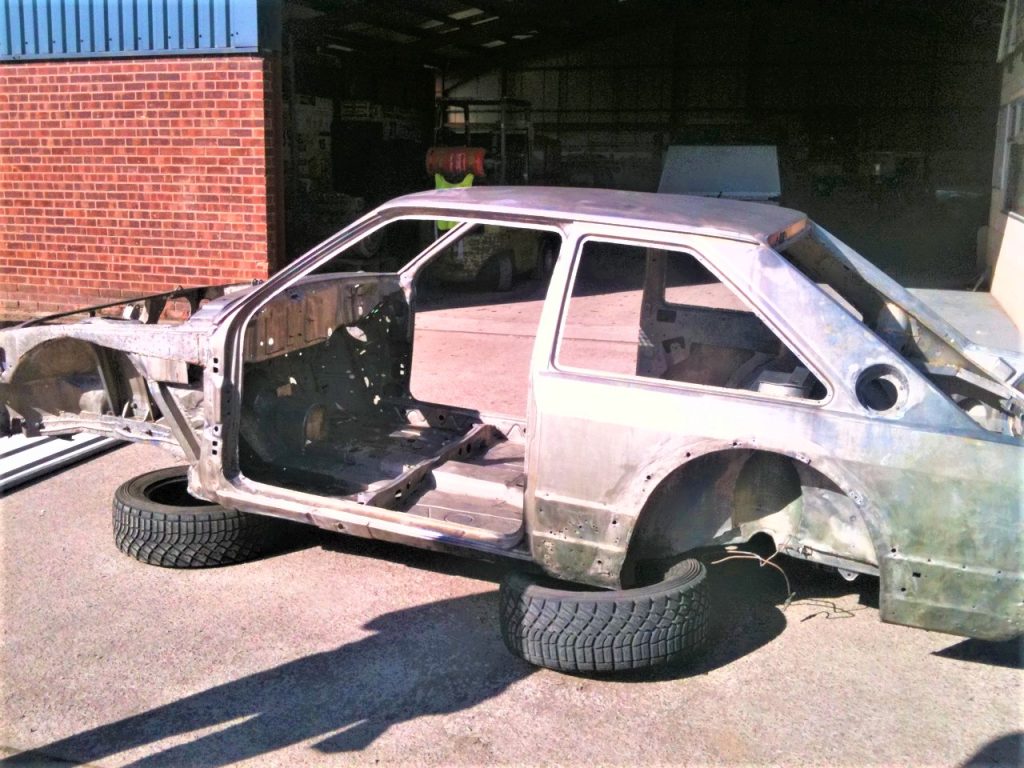
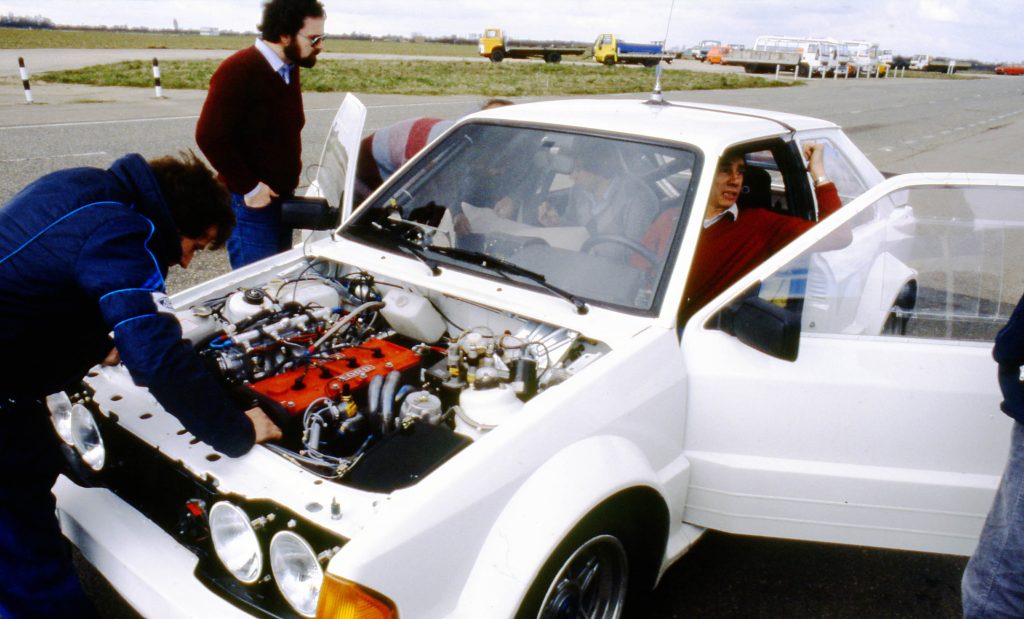
Moulson notes how the car has independent MacPherson strut rear suspension. The Mk3’s standard layout would have been impossible with the transaxle, of course (this car, having been repaired, uses X-Trac internals, as parts for the Hewland were unavailable), while the front suspension was again MacPherson struts, using geometry from the Group 4 Escort, and the track width from the then-new Sierra. Both ends use unique aluminium uprights.





During early testing the RS1700T, mules ‘P4’ and ‘P7’ used BDA and Hart 420R four-cylinder engines, but the third prototype, designated P10, used a turbocharged version of the 1780cc four-pot, called the BDT. In this specification, making up to 350bhp, it was wildly fast; Betteridge notes that at an early test during the Portuguese rally, with Ari Vatanen at the helm, it proved a second a kilometre faster than the hardly-sluggish Group 4 Mk2.
Betteridge’s car is that prototype P10, and the oldest of the six surviving cars. The furthest developed, it ended up in South Africa, and gained several other tweaks along the way from the early prototypes, such as a flat floor, extra bracing, and a pair of oil coolers behind the rear window – one for the engine, the other for the gearbox. It also runs centre-lock hubs for quick servicing.
The RS1700T still used the fundamentals of the Mk3 Escort’s shell. This, as Moulson points out, helped minimise costs and build time, given Boreham would be responsible not just for building the rally cars, but the 200 units for homologation too.
The aero package meanwhile was the work of young designer Thomas Plath, the man also behind the Sierra XR4’s look, though the car’s prototype nature (and eventual short lifespan) means that few RS1700Ts seem to look exactly alike. Where Betteridge’s car looks purposeful, the fully-kitted road cars look almost like concept cars, with unique headlights, built-in spots, and vents both behind the front wheels and ahead of the rear ones.
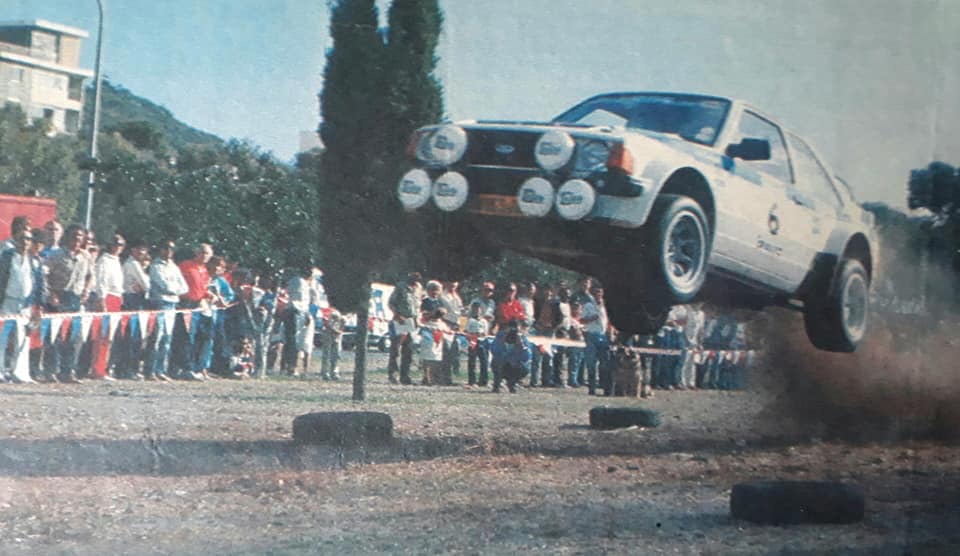
Moulson says this car had a hard life in the other hemisphere, facing two years of rallying in quite tough conditions (and tackling some enormous jumps, as some of Betteridge’s photos show), but when it returned here, the car was refreshed, its shell acid dipped, old parts refurbished – the vast majority of the car is still original – and put back together. It’s not a gleaming, factory-fresh, over-restored example, but one showing its history, and is all the better for it.
Although the likes of Lancia’s 037 showed that two-wheel drive could still be competitive, even championship-winning in 1983, the increasing dominance of Audi’s all-wheel drive Quattro made the future direction of rallying somewhat obvious.




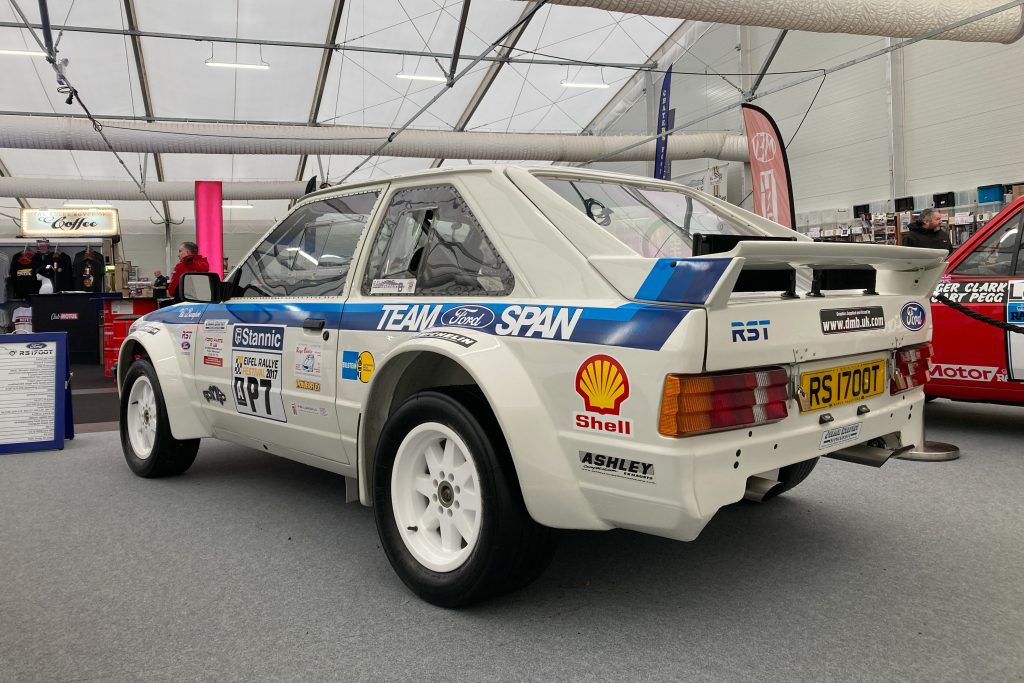
And, as Moulson says with a grin, when Stuart Turner took up the reins as Ford’s director of European motorsport in 1983, the RS1700T project wasn’t his baby. Conscious of more extreme rally cars on the way from Austin Rover, Peugeot, and Lancia, a different approach would be needed: the car we now know as the RS200, with its mid-engined layout and the all-important four-wheel drive – though the car did benefit from lessons learned on the RS1700T project, not least its BDT engine.
Betteridge owns an absolutely pristine one of those too, which visitors to the Hagerty Hill Climb will also get to see on display, alongside a selection of other Group A and B machinery that will storm up the course. We’d recommend taking a good long look at the RS1700T though – it’s one of those cars that was the right car at the wrong time, and ended up being swallowed into the cracks of a big corporation that was trying to keep up with the rapid changes in rallying regulations.
Did you know you can drive your car at the 2023 Hagerty Hill Climb? Book a ‘run what you brung’ ticket, or spectator tickets, here.



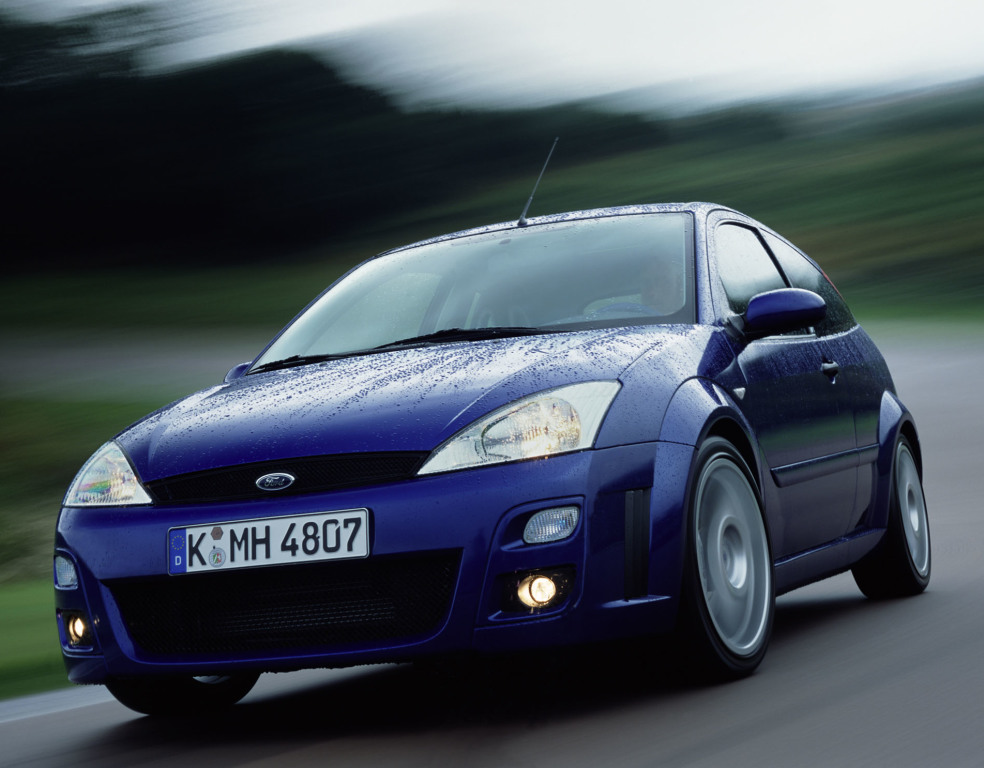






The story continues with ford left scratching their heads after audi dropped the quattro bomb, with them scrabbling around trying to come up with a solution.
Ford did however already had a 4×4 platform that they were already working on, the much heralded xr4x4 unveiled at the Geneva motor show in 1985.
I believe that in total 5 were taken straight off the production line and sent to turbo technics where they had extensive work carried out, not just the normal out of the box bolt kit, but had the engine and gearbox removed and uprated to be able to cope with the massive turbo they strapped on, then once reassembled they were then sent to shell for fuel and oil systems to be worked over and then back to ford……
The cars were obviously tested and one of the cars had been run on a unusual fuel mix but basically they gummed up the fuel lines and sold the car to two members of the public, one of which was my uncle.
My uncle flushed the fuel lines and ran it on normal fuel, he had always been a car dealer when I was younger and had taken me out in cars like a porsche 928 and in jaguar v12 xjs which as a young boy of about 8 years old was cool but then he took me out in the Sierra and changed my life.
He took me for a spin in it and the whole time I was pinned to my seat and couldn’t get myself back up, 1st gear as normal then 2nd get to 2000rpm check that there’s nothing in front of you and switch to high boost, there was that moment of period correct 80’s turbo lag but then it was like a bomb had gone off, and the once upright sitting me is now launched into his seat and the blim on the horizon is now very close and we’re having to brake heavily.
I instantly fell in love with the car, a cheap every day man’s ford that would slap the posh big wig cars around the face and they wouldn’t see it coming, I now own that said car and a mk2 escort just need a 1700t and a rs 200 to complete the set lol
Fantastic story, Mark. Thank you. We’d like to hear more – I’ll be in touch. James Mills, Editor.
when the mk3 front wheel drive escorts came out a company in witney oxfordshire converted them to rear wheel drive for rallying, they were full spec rally cars all the proper safety cages etc. i personaly had a mk1 mexico fully preped with a Bourton 1760 engine in all lighten and balanced, it was rapid.
If you want to hear more, James Mills, I’m the person to contact. I’m in the back of that colour picture standing with Peter Ashcroft.
It’s a great tragedy that we didn’t proceed with the two-wheel drive RS1700T because it would have been a hell-for-leather Group B RACING CAR.
The main reason it bogged down was the we relied on Rod Mansfield’s group to get it ready for type approval and they were ludicrously picky.
“Boreham would be responsible not just for building the rally cars, but the 200 units for homologation too.” No, the 200-off were developed extensively by the the SVE division within Dunton and they would have been built at a regular Ford factory facility–and it was complications/expense and timing on that mass production front which made it obvious to SS Turner that it would have to be axed.. Very interesting to read tales of individual RS1700s today after writing on the subject extensively some 40 years ago. Glad to hear you have one at your innovative hill climb event. JW
Very informative, what was this “then- new Sierra”?
Fell of the Radar, because they took that long to design and build that meanwhile the other manufacturers had come up with 4WD cars so the RS1700T was out – of – date before it was finished?